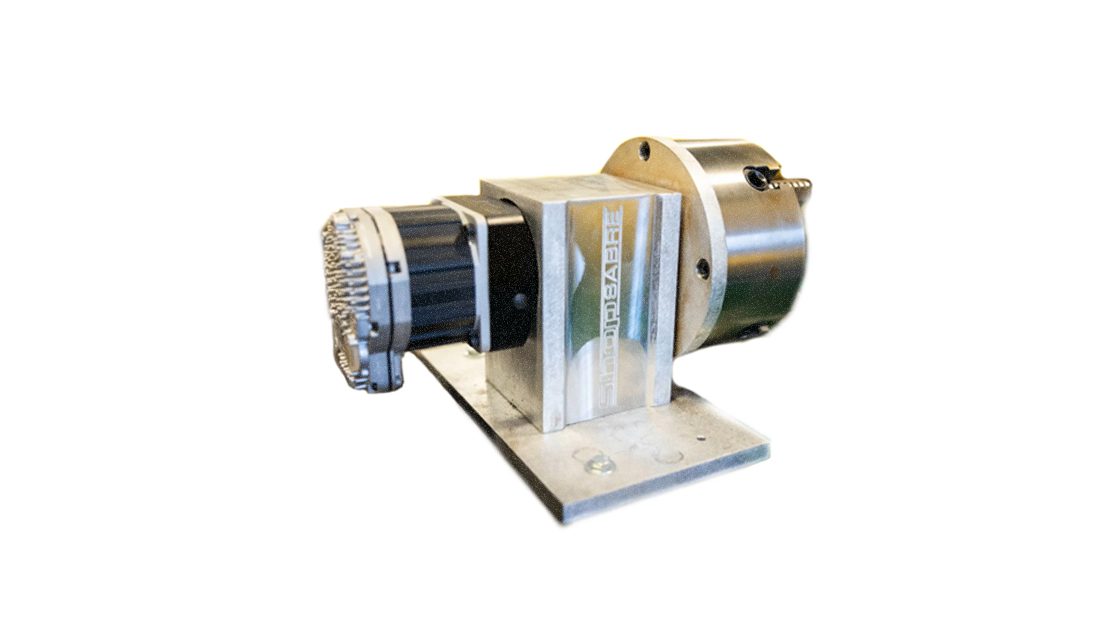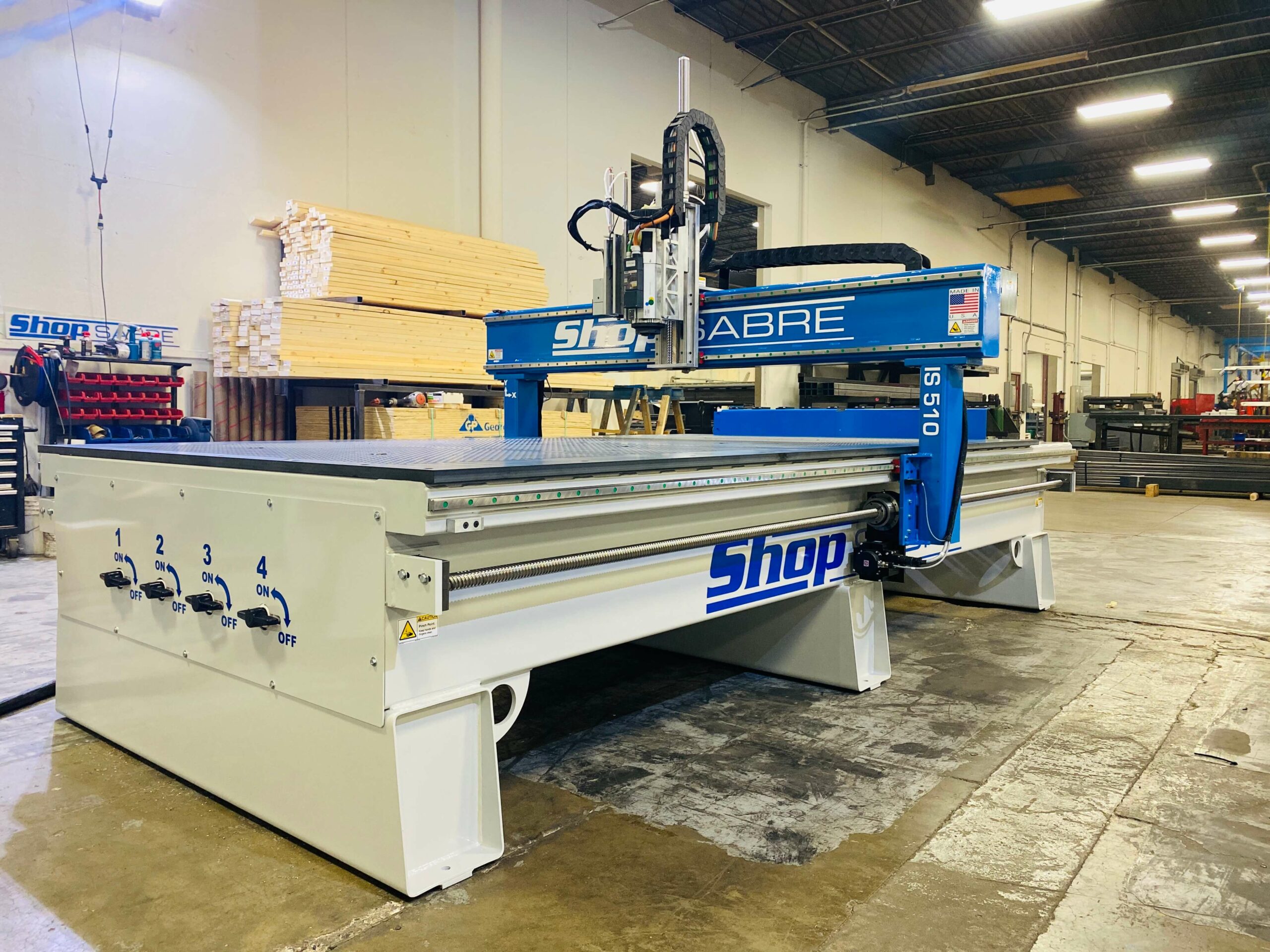Advantages of a 4-axis CNC router

At a high level, the overarching concept of CNC work is fairly simple a cutting tool moves along a preset path communicated via computer in order to create a part, product, or prototype. This computerized methodology provides shop owners with numerous benefits, from mid-to large-scale production to achieving exceptional precision on highly detailed projects.
As simple as the general concept seems, the ways in which this work can be accomplished are a bit more intricate.
Among the most prevalent variations inherent in CNC work is the number of axes along which a router operates to cut away from a workpiece. There are three primary options when it comes to the number of axes a CNC router utilizes 3, 4, or 5.
Here’s a closer look at each of these and why a 4-axis CNC router may be the best choice for your particular application.
3-axis CNC router
The most basic form of CNC router has three axes and can move and cut along each of them at the same time.
- X-axis moves from left to right
- Y-axis moves from front to back
- Z-axis moves up and down
The 3-axis CNC router is very common and typically used for cutting flat, two-dimensional parts.
4-axis CNC router
The 4-axis router has all the same axes as a 3-axis router plus the additional A-axis that rotates the spindle around the X-axis up to 180 degrees during the cutting process.
This rotational axis allows CNC machining cuts to be executed on multiple sides of the workpiece without resetting, while a 3-axis router can only perform cuts to one side of the same piece at a time. 4-axis CNC routers are the preferred method for advanced, intricate cuts and carvings like those often seen in furniture, musical instruments, cabinetry, and more.
5-axis CNC router
The 5-axis router also shares the same three core axes (X, Y, and Z), but has two additional rotational axes the A-axis that rotates around the X-axis and the B-axis that rotates around the Y rotation axis. T
This dual-rotary feature allows for cutting along five edges of material at the same time.
As such, 5-axis CNC routers are often used to cut large, three-dimensional parts in the auto, aerospace, and watercraft industries, just to name a few.
While the fifth axis does provide some added versatility and efficiency, the longer X-axis and increased gantry height of these machines can often result in decreased stability and precision compared to 4-axis routers.
In this video, RouterBob breaks down many of the key benefits of the 4th axis and walks us through the end-to-end production of a detailed, high-quality furniture leg.
Experience the 4th-axis advantage with ShopSabre

ShopSabre manufactures industry-best CNC machines to deliver precision, efficiency, and total versatility and all of our routers have 4th-axis simultaneous capabilities. This allows for more creativity in designs, increased efficiency, and increased precision to help aspiring hobbyists and full-time commercial shop owners alike produce truly outstanding results with a fraction of the labor.
Shop our unmatched collection of 4-axis CNC routers or get a quote today to take your CNC shop’s quality and productivity to the next level.


